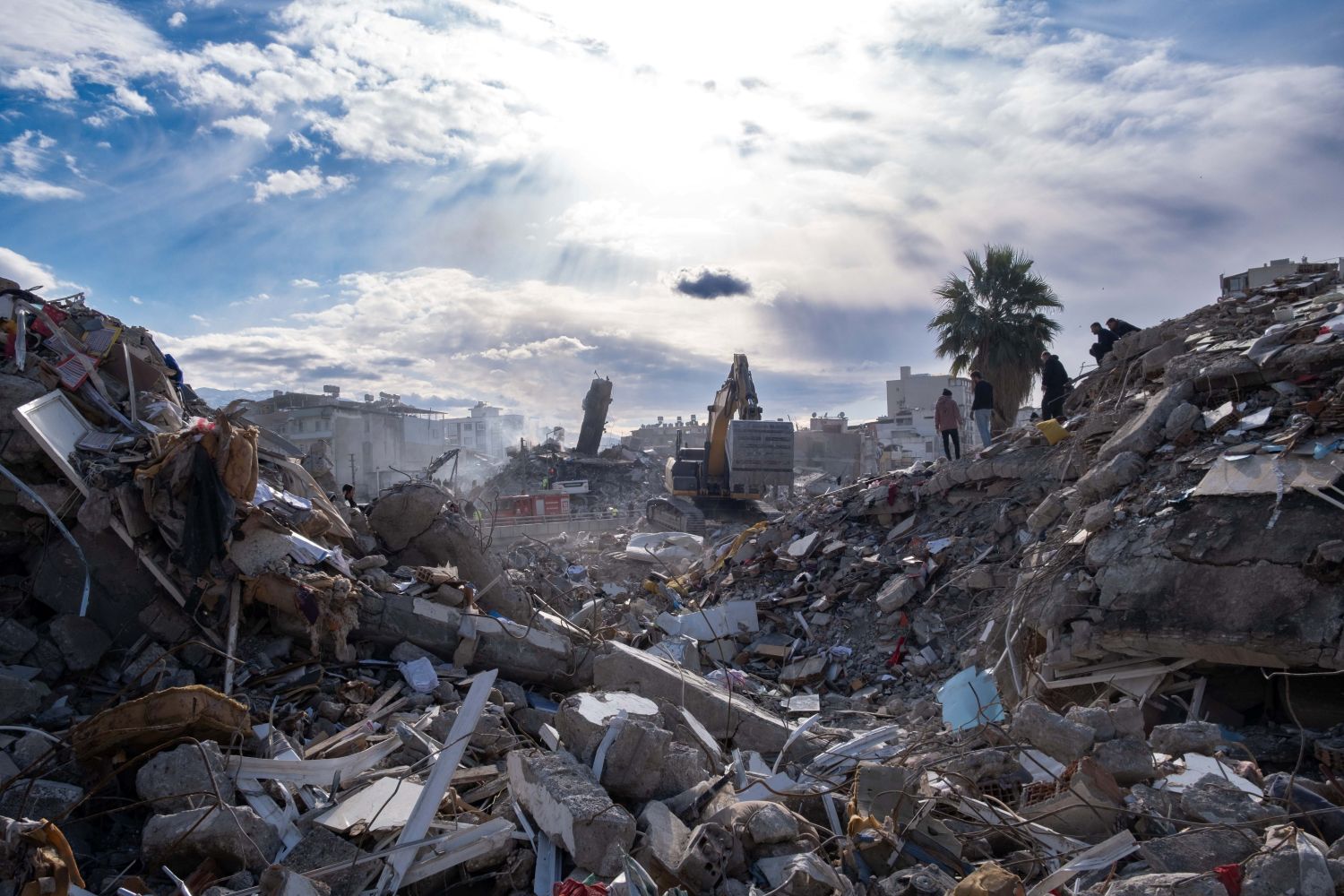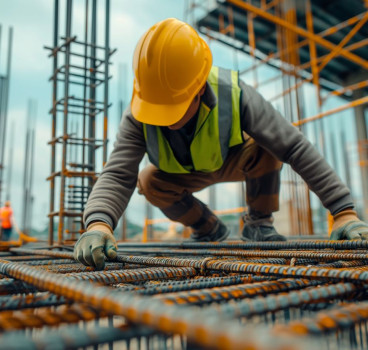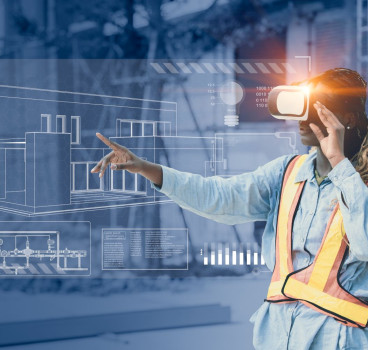Are our major cities prepared for the next big earthquake?
The recent 7.7 magnitude earthquake in Myanmar (March 28) sent tremors across several neighbouring countries, reigniting concerns about the preparedness of cities worldwide to handle such natural disasters. Urban centres are expanding at an unprecedented rate, with millions of people moving into high-density environments that are often vulnerable to seismic activity. However, many cities remain ill-equipped to handle major earthquakes, putting millions of lives and billions of dollars in infrastructure at risk, writes John Ridgeway.
Several cities across the world are situated near major fault lines, making them highly susceptible to destructive earthquakes. Some of these most at the most-risk include Tokyo, one of the most seismically active megacities in the world, sitting on the Pacific Ring of Fire.
The 2011 Tōhoku earthquake and tsunami served as a stark reminder of the region’s vulnerability. However, Japan has some of the strictest building codes and disaster preparedness strategies in the world, including earthquake-resistant architecture and advanced early-warning systems.
Istanbul is located near the North Anatolian Fault, one of the most active fault lines in the world. Experts predict that a major earthquake could strike the city within the next few decades. While efforts have been made to retrofit older buildings, many structures in the city remain dangerously vulnerable.
Nepal's capital suffered a devastating 7.8 magnitude earthquake in 2015, killing nearly 9,000 people and destroying thousands of buildings. Despite this tragedy, the city’s reconstruction has been slow, with many buildings still lacking earthquake-resistant designs.
Los Angeles sits on the San Andreas Fault, which has the potential to generate a catastrophic earthquake. While the city has stringent building codes and early-warning systems, older buildings and outdated infrastructure still pose a major risk.
In Bangladesh, the Institute for Planning and Development (IPD) has warned that Dhaka and Chittagong are entirely unprepared for an earthquake disaster. The cities have experienced multiple small tremors, hinting at the possibility of a larger seismic event. Poor construction practices, lack of zoning enforcement and disregard for building codes make them highly vulnerable.
Why are so many cities unprepared?
Despite clear warnings from scientists and seismologists, many cities fail to implement effective earthquake preparedness strategies. Many are expanding faster than they can regulate construction. Slums and informal housing settlements, often built with substandard materials, are particularly vulnerable to earthquakes. Strict building regulations are critical in earthquake-prone regions. However, in many cities, regulations are either poorly enforced or ignored entirely, leading to fragile, unsafe structures.
To make matters worse, some of the most earthquake-prone areas in the world lack proper early warning systems. These systems, which provide crucial seconds or minutes of advance notice, can save thousands of lives. All this means that having an earthquake preparedness plan is essential for minimising casualties and damage. Yet, many cities lack coordinated disaster response plans, leaving residents without guidance during an emergency.
This is because in some cases, governments and municipal authorities lack the resources or political will to invest in disaster preparedness. Corruption, bureaucracy and competing priorities often push earthquake preparedness to the bottom of the agenda. However, despite the widespread lack of preparedness, some cities have taken significant steps to minimise earthquake risks.
As already mentioned, Tokyo has some of the world’s most earthquake-resistant buildings, thanks to rigorous building codes and innovative construction techniques. The city also has an extensive earthquake early warning system that alerts residents via mobile phones, television and radio. San Francisco has spent billions of dollars reinforcing older structures, especially unreinforced masonry buildings that are highly susceptible to collapse during earthquakes. The city has also invested in liquefaction-resistant infrastructure.

Following the devastating 1985 earthquake, Mexico City implemented an early warning system that detects seismic activity along the Pacific Coast and alerts residents before tremors reach the city. Nepal has also launched several community-based earthquake preparedness initiatives. Schools and local organisations now conduct regular drills to educate citizens on how to respond during an earthquake.
What more needs to be done?
Given the increasing frequency and intensity of earthquakes, cities worldwide must take proactive steps to improve their earthquake preparedness. Here are key recommendations from some of the world’s experts.
Governments must ensure that all new construction follows earthquake-resistant building codes. Existing structures should be retrofitted to withstand seismic activity. Cities need to implement and improve earthquake early warning systems, providing residents with crucial seconds to take cover and prepare. Regular earthquake drills and educational campaigns should also be introduced to help communities understand how to respond effectively when an earthquake strikes.
Cities must have well-defined emergency response plans, including evacuation routes, medical aid stations and post-earthquake recovery strategies. Governments and international organisations should also allocate more resources to earthquake preparedness, ensuring that cities have the infrastructure and technology needed to minimise damage and save lives.
Earthquakes are inevitable, but large-scale devastation is not. The lack of preparedness in many cities around the world is alarming, but it is not too late to take action. From Dhaka to Istanbul, from Los Angeles to Tokyo, urban centres must prioritise earthquake resilience to protect their residents and their economies. By investing in stronger buildings, early warning systems and effective disaster response plans, cities can ensure that when the next big quake strikes, they are ready to face it head-on.
Additional Blogs

What the UK can learn from global construction tech leaders
The UK construction sector stands at a critical crossroads. Mounting pressures - stagnant productivity, acute labour shortages, tightening safety requirements, ambitious carbon-reduction targets and...
Read moreAre architects losing their influence in the digital era?
For decades, architects have been the central creative force in construction, shaping the buildings we see and the way projects are conceived, communicated and delivered. Their role has been...
Read more

Why the word “Innovation” has lost its meaning in construction
“Innovation” has become one of the most overused terms in construction. It appears in the dozens of press releases we receive each day, conference talks and project reports, often without any real...
Read more